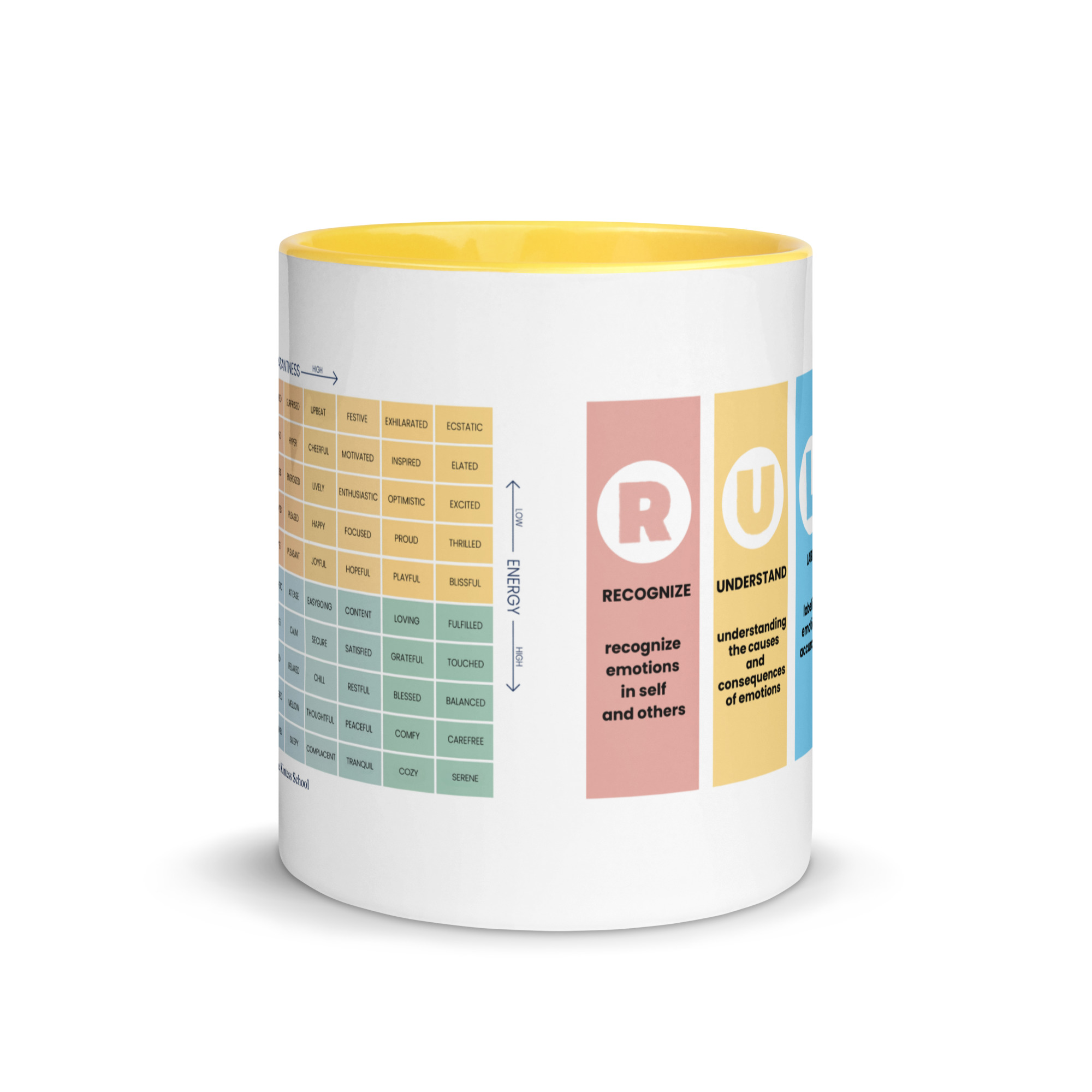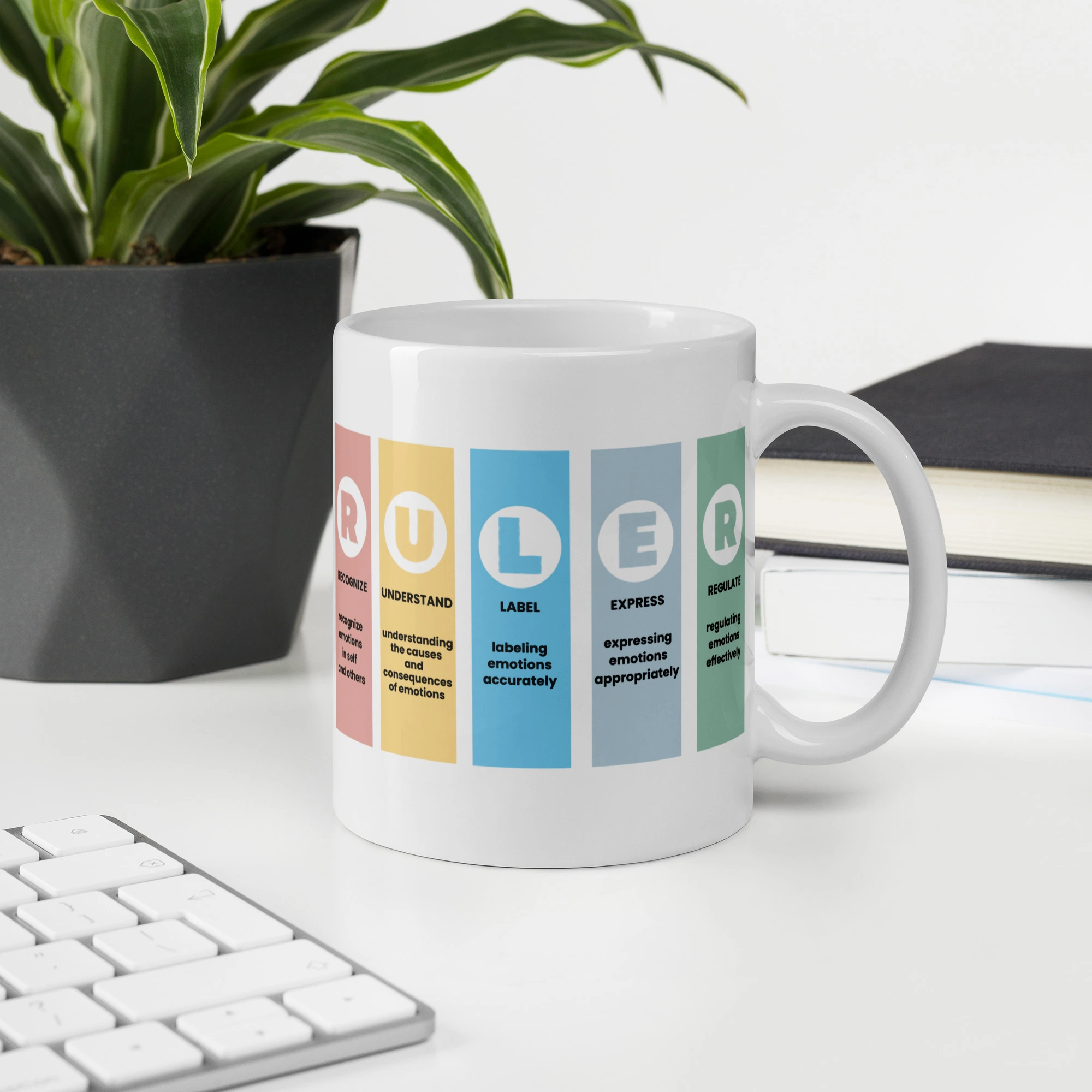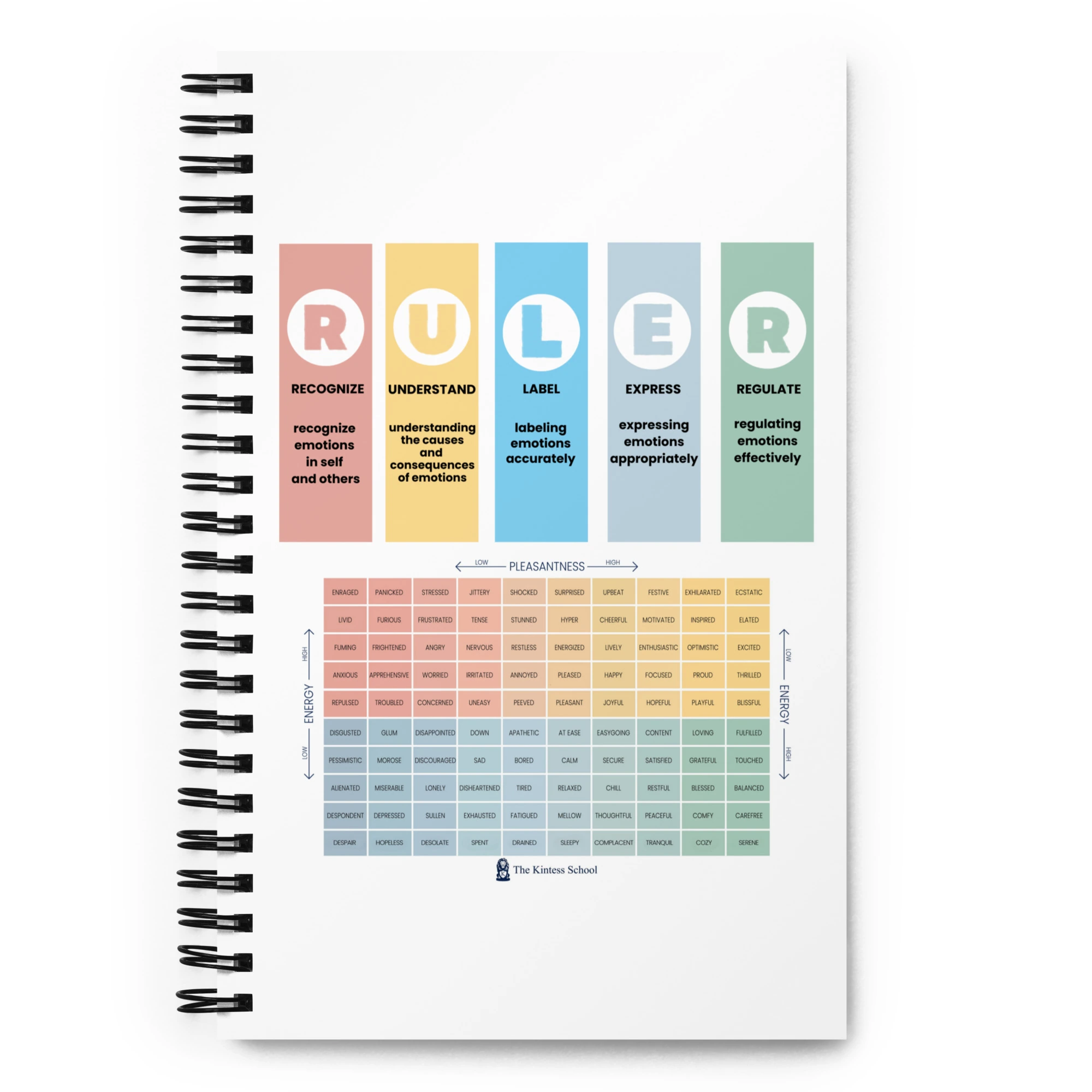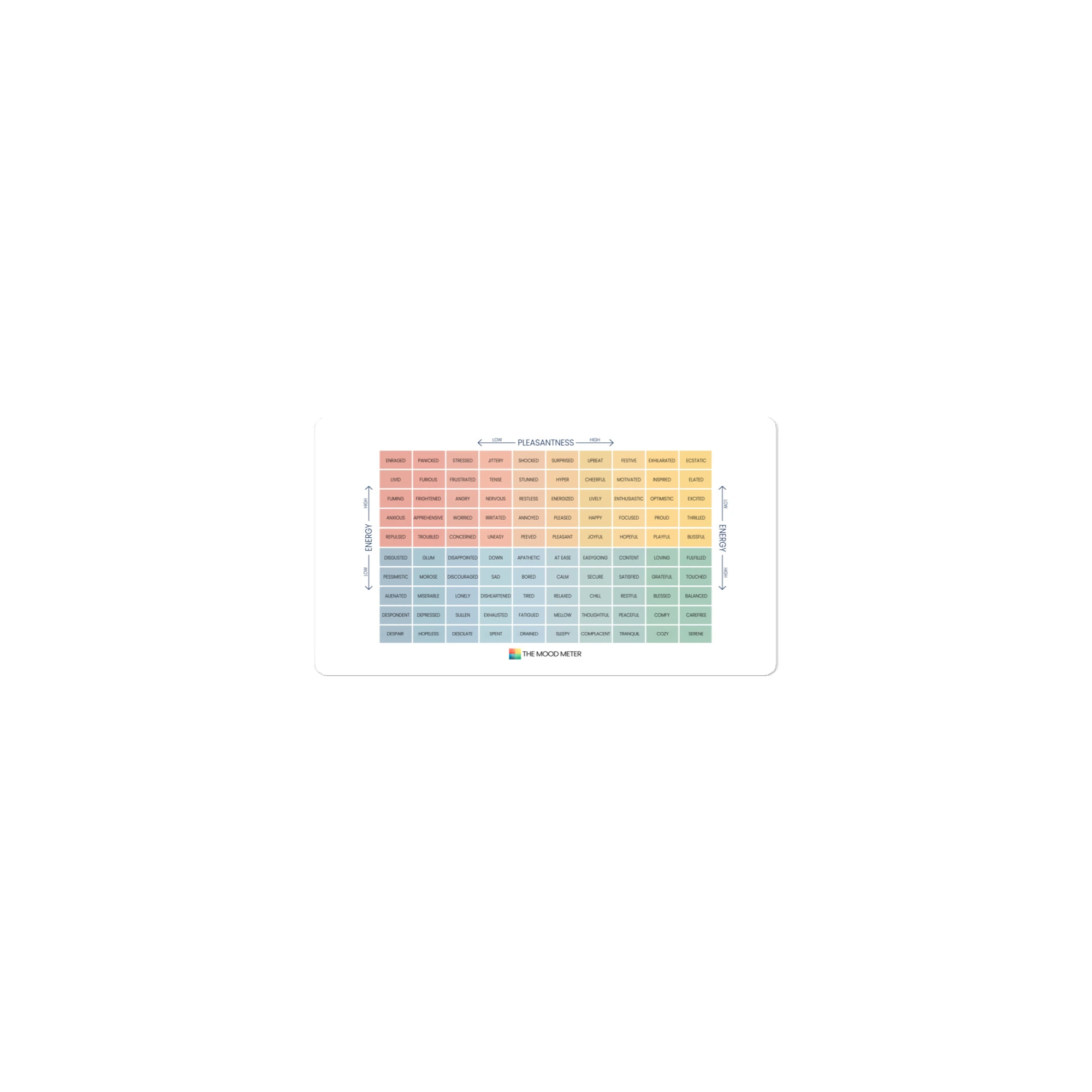How the Mood Meter Helps You Recognize and Label Emotions
Emotions shape how people think, act, and connect with the world, yet many of us struggle to name what we feel with accuracy. We often use vague terms like “I’m fine” or “I feel bad,” which don’t truly capture the depth of our experience. Learning to recognize and label emotions precisely is a skill that strengthens emotional intelligence, improves communication, and builds resilience. One effective tool for developing this skill is the Mood Meter, a simple framework that organizes emotions into four quadrants based on energy and pleasantness, making it easier to identify and understand them.
Why Recognizing Emotions Matters
The first step in emotional intelligence is recognition, the ability to pause, check in with yourself, and notice what you are feeling. Too often, people move through the day on autopilot, ignoring subtle mood shifts until they escalate. Recognizing emotions early prevents them from taking control. For example, noticing irritation before it grows into anger allows someone to step away, calm down, and approach a situation more thoughtfully.
Accurate recognition also provides valuable information about yourself. Emotions act as signals: fear may highlight potential danger, sadness can reflect a sense of loss, and joy often strengthens social bonds. The Mood Meter supports this process by giving individuals a structured way to recognize and label what is happening internally.
The Power of Labeling Emotions
Once emotions are recognized, the next step is labeling them with precision. Labeling goes beyond expanding vocabulary; it helps regulate how we experience feelings. Research shows that naming an emotion can reduce its intensity and give the brain a greater sense of control. Instead of saying “I feel bad,” someone might say, “I feel disappointed.” That specificity transforms a vague negative state into an understandable emotion that can be managed. Similarly, replacing “I’m happy” with “I feel proud” or “I feel excited” communicates nuances that others can better respond to.
Labeling also promotes reflection. By identifying exact emotions, people begin to notice what triggers them, how long they last, and what strategies ease them. At the same time, clearer expression builds empathy. When you can articulate emotions more accurately, others are more likely to understand, validate, and connect with your experience. For more on this, see how the Mood Meter builds emotional awareness and clarity.
Practical Benefits in Daily Life
The ability to recognize and label emotions has wide-reaching benefits:
-
In education: Students who can name emotions like “nervous” or “stressed” are better equipped to manage academic challenges. Teachers, too, can respond more effectively when students communicate their feelings clearly.
-
In the workplace: Employees who understand their emotional states handle stress better, collaborate more smoothly, and adapt to change more effectively. Leaders who model emotional awareness create healthier and more supportive environments.
-
In families, Parents and children who openly discuss emotions build stronger trust. A child who says, “I feel nervous” instead of “I don’t want to go” allows parents to respond with support and encouragement.
-
For individuals: Identifying emotions like stress, excitement, or sadness helps people make choices that protect mental health and foster growth.
How the Mood Meter Supports This Process
The Mood Meter makes recognition and labeling easier by organizing emotions into four quadrants: high or low energy combined with pleasant or unpleasant feelings. Instead of vague terms, individuals can identify specific emotions such as “calm,” “anxious,” “ecstatic,” or “lonely.” This shared structure not only improves personal clarity but also strengthens communication with others. Learn more about the tool’s background and benefits in how the Mood Meter improves emotional intelligence.
Building Emotional Intelligence Through Practice
Recognizing and labeling emotions is not a one-time task but a lifelong practice. Regular emotional check-ins, journaling, or simply pausing to use precise feeling words strengthen this skill over time. As individuals practice, they gain confidence in expressing emotions, improve their ability to regulate them, and become more empathetic toward others. When recognition and labeling become habits, emotions shift from being confusing or overwhelming to being useful guides. Instead of feeling trapped in a mood, people learn to understand it, manage it, and use it to inform decisions. Read more in our article to further enhance your understanding with our comprehensive guide to understanding and enhancing emotional intelligence.
Emotions are powerful forces, but without the ability to recognize and label them, they can feel unpredictable. The Mood Meter offers a simple yet effective framework for bringing clarity to our inner experiences. More importantly, the practice of recognition and labeling transforms emotions into tools for growth. By learning to pause, identify, and name emotions, individuals build emotional intelligence, deepen relationships, and strengthen overall well-being.





